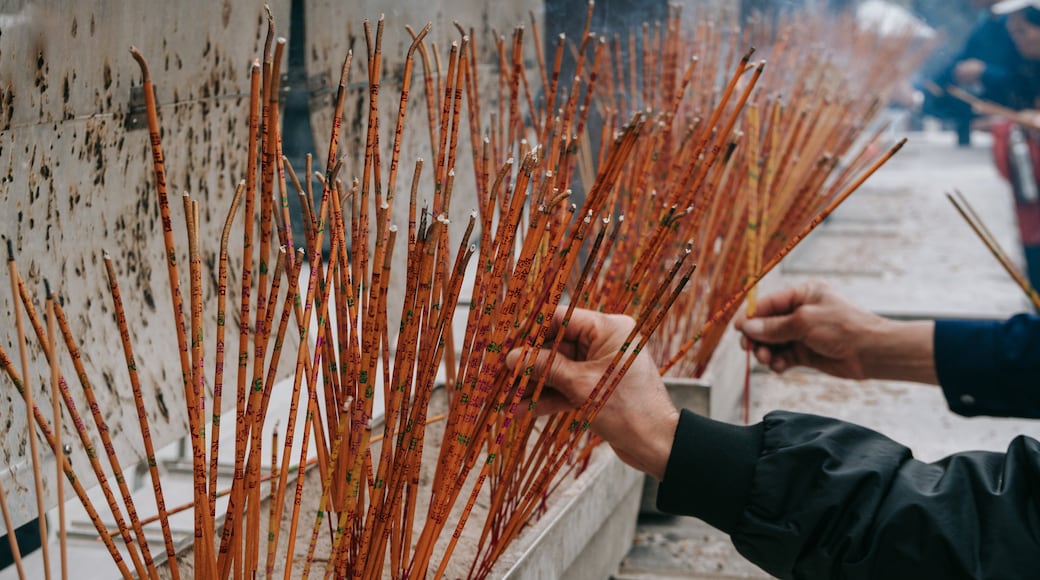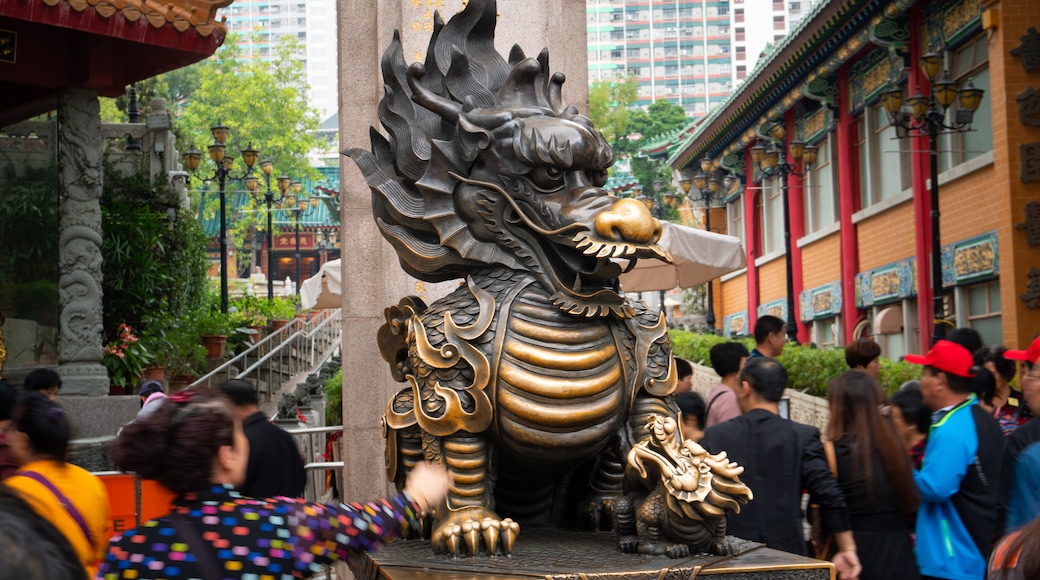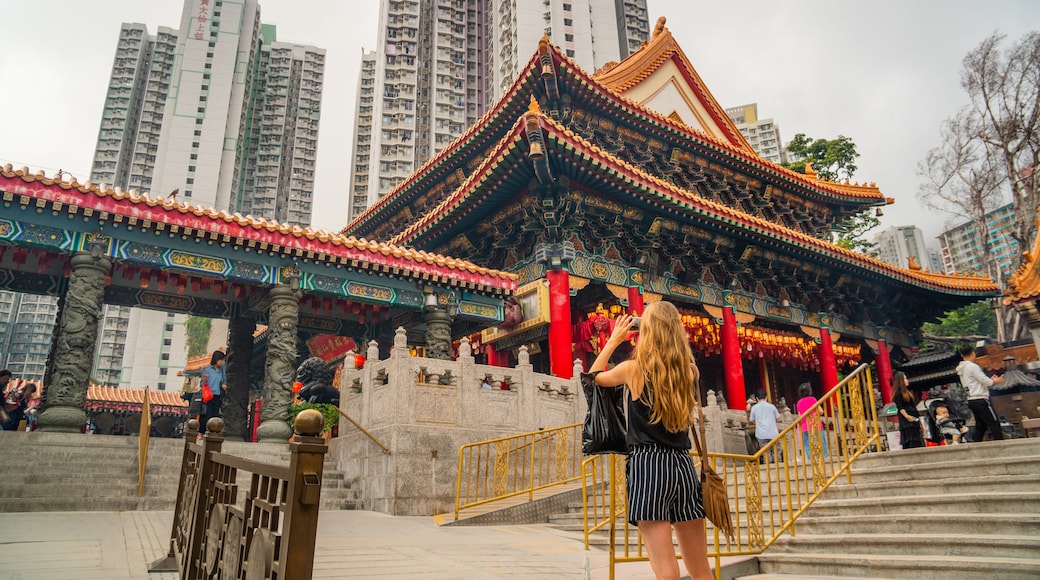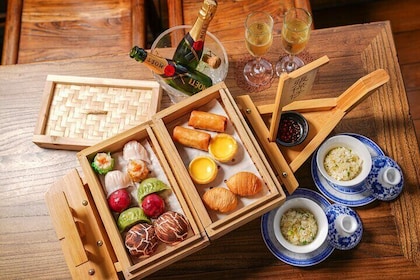If your trip to Hong Kong is a dream come true, visit Wong Tai Sin Temple for even more wish fulfillment. The holy site promises you will get what you wish for.
Wong Tai Sin Temple, also known as Sik Sik Yuen, is one of Hong Kong’s most popular points of worship among tourists and residents as well. The temple has cross-philosophy appeal because it honors not only Taoism, but also Buddhism and Confucianism rather than a single religion. Do a bit of pre-visit research to see if you can correctly identify the icons associated with each sect when you reach the temple.
A 4th-century monk, born Huang Chu Ping, became a deity in China in his 50s. He was given the name Wong Tai Sin when he achieved immortality. 16 centuries later, Taoists brought a sacred portrait of the monk to Hong Kong and established the temple housing his likeness. Join other worshippers at the temple in giving an offering, looking for divine guidance and seeking information about your fate and fortune.
The temple is very large, nearly 200,000 square feet (18,000 square meters), in a bustling area of Kowloon. Beyond the tall triple-arched entrance, find the Nine-Dragon Wall (Kowloon is Chinese for nine dragons) and the impressive main altar with steps broad enough to welcome all visitors. Let the bright red of the altar against a blue sky provide an uplifting start to your day. Note feng shui elements of metal, wood, water, fire and earth in the temple structures.
Visit the Good Wish Garden to enjoy the picturesque walking bridge, green-tiled roofs and serene pool filled with colorful swimming koi and sunning turtles. Participate in the intriguing practice of kau cim. Watch an experienced worshipper and then follow along. Kneel, holding a cup of numbered sticks. Shake the sticks as you make a wish. When one stick falls out, take it to a fortune teller for interpretation. Then wait for your wish to come true.
Wong Tai Sin Temple is on the Kowloon side of Victoria Harbour, 4 miles (7 kilometers) north of Tsim Sha Tsui. Take the Tsuen Wan and Kwun Tong MTR lines to Wong Tai Sin station and walk north across the square to the temple. General business hours are followed daily, with longer opening hours during the Lunar New Year.































































